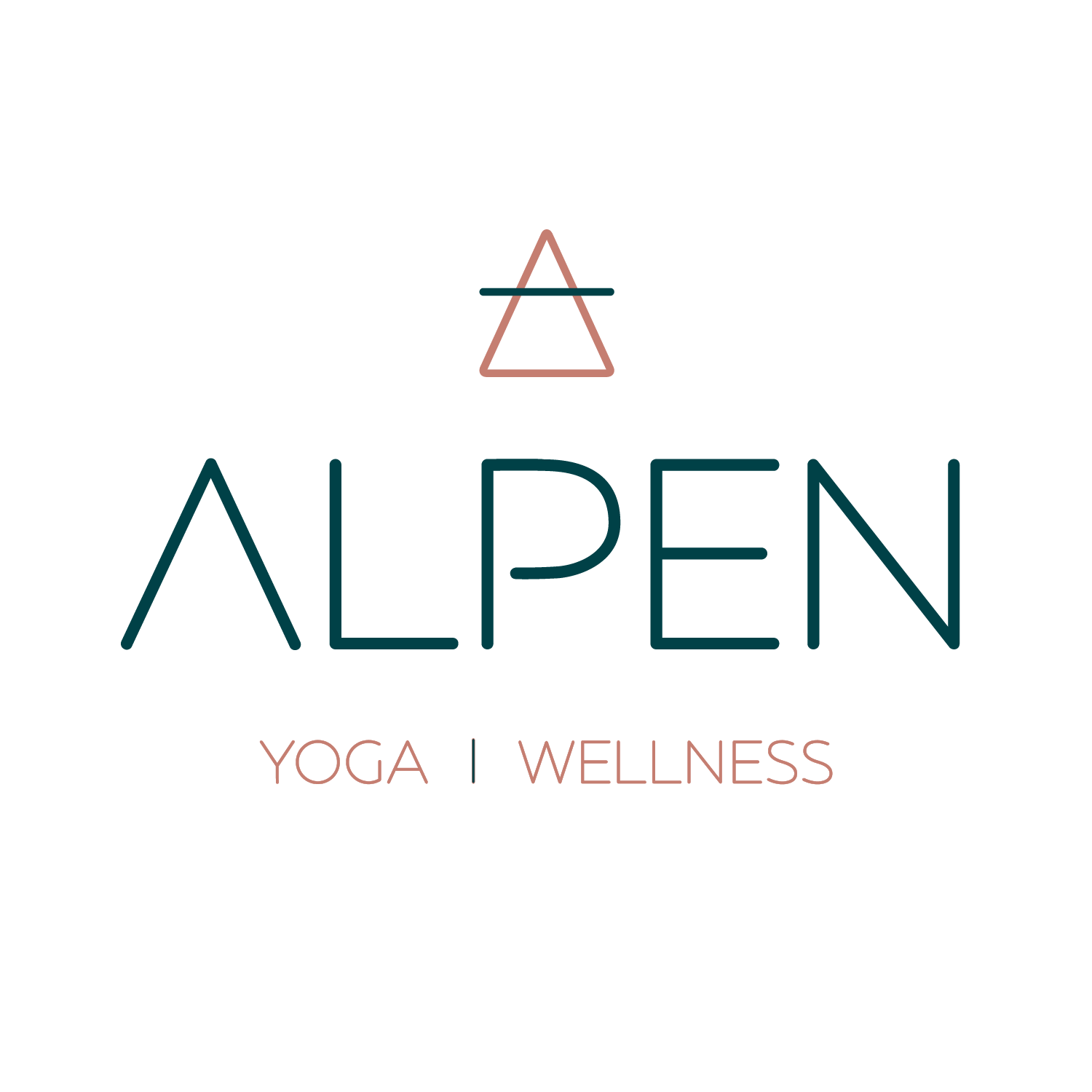Why Strengthening the “Back Body” Can Help With Most Aches and Pains
When most people think about relieving pain, they imagine stretching tight muscles or massaging sore spots. While those approaches have value, one of the most overlooked and powerful solutions is strengthening the back body.
Your “back body” refers to the muscles that run along the backside of your body—think of your hamstrings, glutes, spinal stabilizers, and shoulder blades. These muscles are responsible for posture, balance, and the support of your spine and joints. When they’re strong, they protect you. When they’re weak, the front of the body often takes over, leading to stress, overuse, and discomfort.
Why the Back Body Matters
Posture support: Strong back muscles hold you upright, preventing the slouched positions that often contribute to neck and shoulder pain.
Spinal stability: Your core isn’t just your abdominals—your back and glutes are crucial in stabilizing the spine and reducing the risk of low back pain.
Joint protection: Balanced strength between the front and back of your body keeps your hips, knees, and shoulders aligned and moving well.
Common Aches That Back Body Strength Can Improve
Low back discomfort from prolonged sitting or poor posture.
Neck and shoulder tension caused by forward head or rounded shoulders.
Hip and knee pain linked to weak glutes and hamstrings that don’t provide enough support.
How Physioyoga Helps
Through a blend of physical therapy principles and yoga, we can strengthen the back body in a safe and effective way. Movements such as bridges, cobra pose, supported lunges, and gentle rows activate the glutes, hamstrings, and shoulder stabilizers. When combined with mindful breathing and awareness, these exercises restore balance and reduce strain on overworked muscles.
The Takeaway
Instead of only focusing on stretching tight areas or treating the “spot of pain,” strengthening the back body creates lasting change. When your body is supported from behind, you’ll stand taller, move more freely, and experience fewer of the everyday aches and pains that slow you down.

